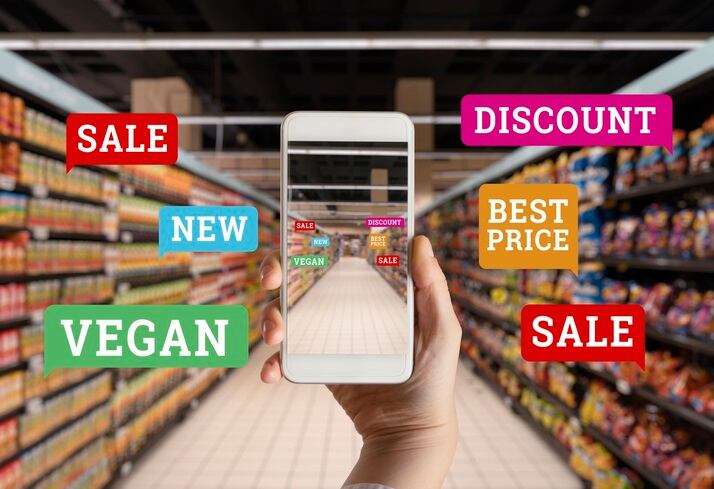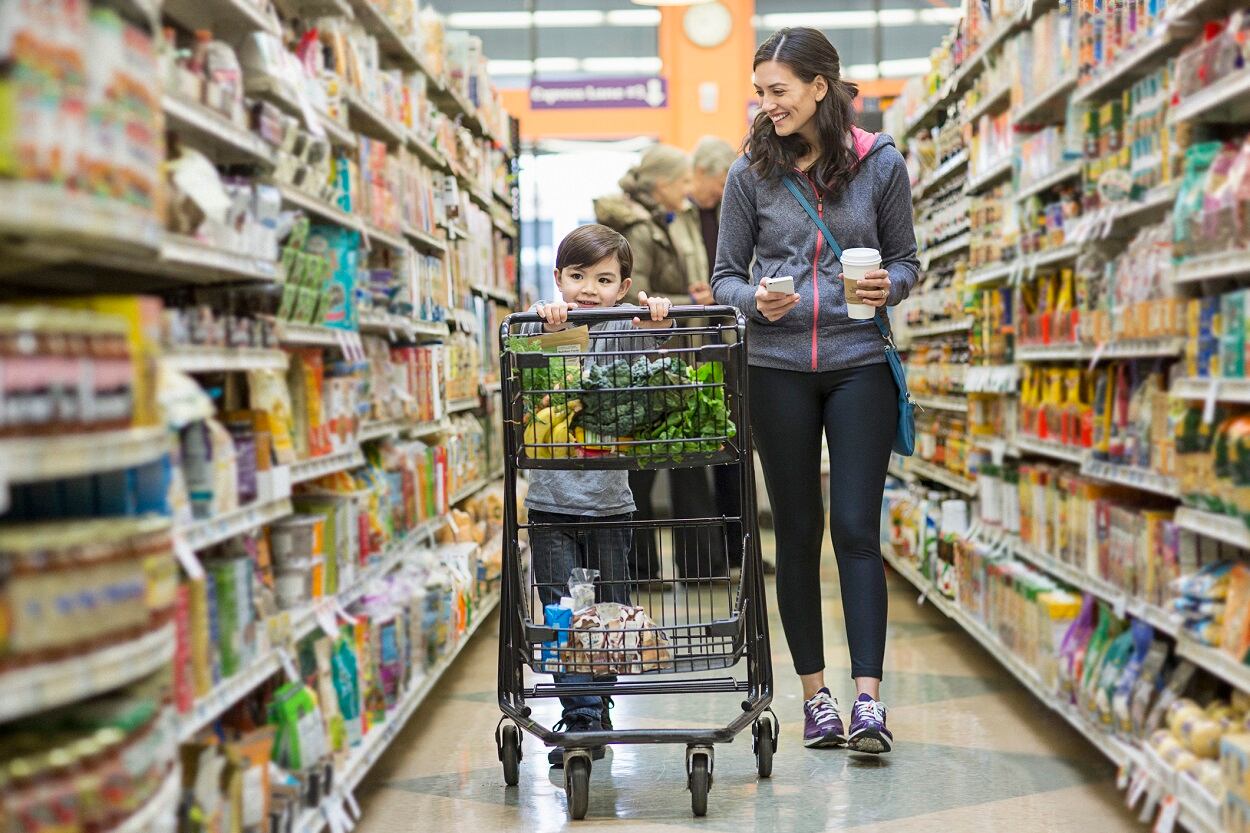Both the economy and technology are “gray areas” that offer many benefits, but also have drawbacks that are negatively impacting retailers and the industry overall, FMI President and CEO Leslie Sarasin said during the Institute’s recent webinar focused on the key findings of its Food Retailing Industry Speaks survey.
In terms of the economy, she explained “a strong economic picture has consumer confidence up with shoppers generating more sales and revenue. However, on the other hand, the low unemployment picture and upward wage pressures are exerting a negative influence on profit.”
For example, she noted, at the beginning of the decade, payroll and employee benefits accounted on average for less than 14% of revenues, but now they account for almost 19% of revenue as food retailers struggle to hold on to and attract top talent.
“The unemployment rate continues to remain at its lowest level in decade and employees tend to have more job opportunities given a strong economy. As a result, turnover for all employees was at 45% with part-time employee turnover at 58%,” Sarasin explained.
As employee benefits continue to eat into revenue, she said, roughly 80% of survey respondents said they are concerned about the current economic environment and low unemployment rates.
“It’s making recruiting and retaining even more challenging given the tight labor,” she said.
In response, retailers ae looking at a variety of ways to sway employees to stay or sign on in the first place.
“The most common approach is to offer higher compensation. However, food retailers are turning to other enticements as well: 76% are offering training and skills development, 71% provide improved benefits, 59% make available flex time or flexible scheduling, 57% offer bonuses, 48% operate an employee wellness program and 44% offer education programs or education benefits,” she said. “In short, food retailers are using their full bag of tricks to recruit and retain the people they need.”
Technological benefits don’t come cheap
Another gray area that is both helping and hurting food retailers is the rapid evolution and implementation of technology, Sarasin said.
“Here’s the good news: It can boost performance on the operational side and enhance engagement with the customer, and we’re seeing food retailers increase their willingness to experiment with technology,” she said. The bad news about the rapid development of technology is it “doesn’t come cheap and has a steep learning curve for most in the retailer world,” Sarasin said.
She explained, “While many retailers hope to use technology to customize a personalized shopping experience, they’re also aware that doing so comes with a price tag. Hence, it’s standing on the blurry list.”
In addition, learning the best ways to leverage some technology comes with trial and error, which can be expensive and have low returns at first.
For example, Sarasin said, “areas where usage outstripped success includes several strategies that can be tools of personalization. These include social media, special events and WiFi. All of these were used by many retailers, but few are reporting that they’ve successfully cracked the nut on how best to use them.”
Still, many recognize, though, that providing WiFi in stores is a way to integrate consumers’ online and instore lives and potentially build a larger basket, she added.
Another way that technology is helping food retailers are with scan-and-go technology that improves the operational efficiency and offers the customer a way to shop and pay more quickly. According to FMI’s survey, about 25% of stores currently offer this, and 44% are looking into it.
Data analytics and artificial intelligence also are popping up in stores more as retailers use them to boost assortment planning and replenishment or help with pricing and promotion decisions, according to Sarasin.
The take-away action for addressing challenges related to both the economy and technology is to “experiment and pivot,” said Sarasin, adding that historically retailers do not test and pivot enough before deciding on larger investments.
But she added, “this is an especially useful strategy to help ensure success.”




